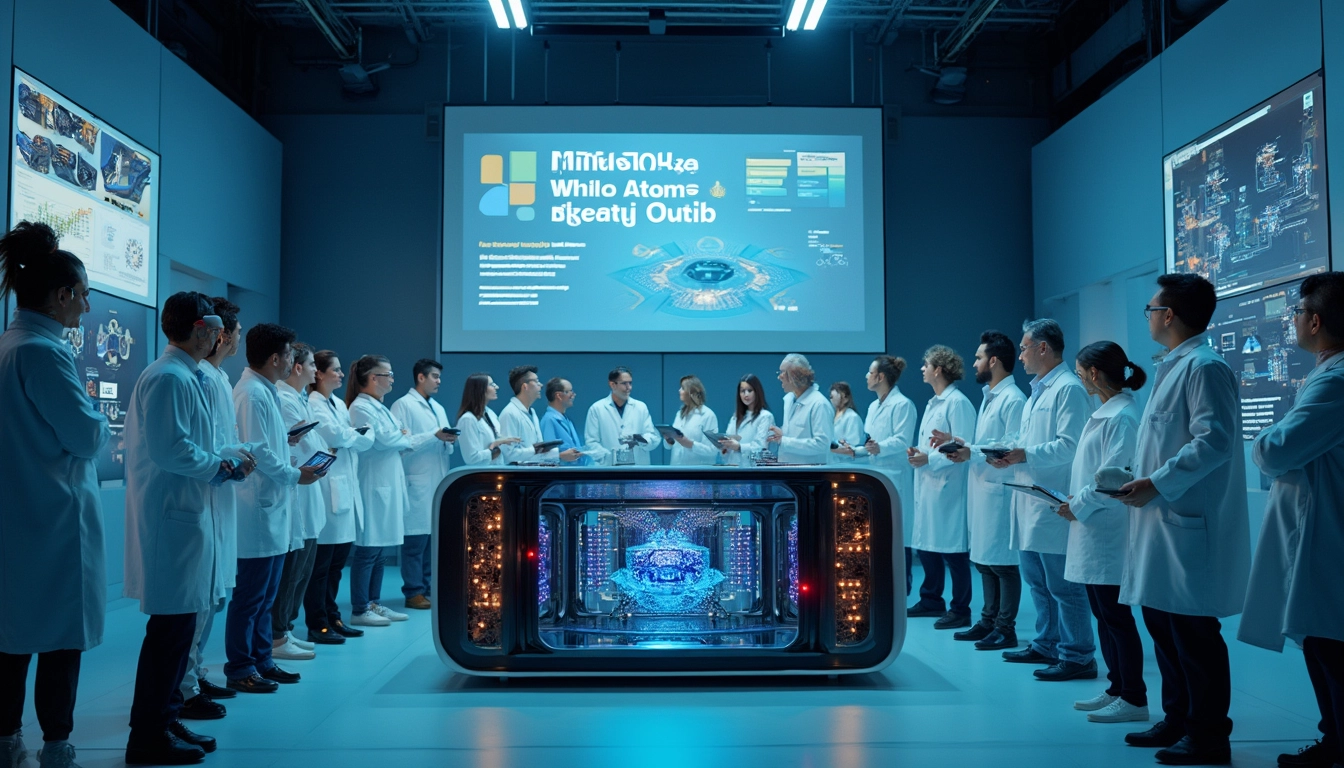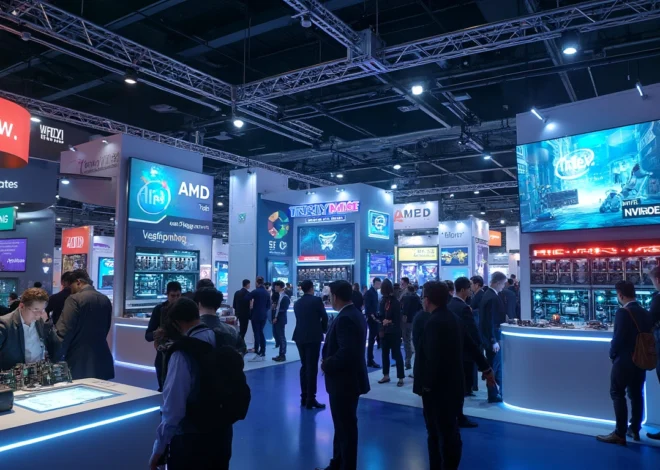
Microsoft and Atom Computing Unveil Record-Breaking Quantum Machine with 24 Logical Qubits
Microsoft and Atom Computing have made a groundbreaking announcement in the field of quantum computing, unveiling a commercial quantum machine with a record-breaking 24 logical qubits. This milestone represents a significant step towards achieving scientific quantum advantage, pushing the boundaries of what’s possible in computational power and problem-solving capabilities.
Key takeaways:
- Microsoft and Atom Computing have partnered to create a commercial quantum machine
- The machine boasts a record-breaking 24 logical qubits
- Atom Computing’s neutral-atom qubit technology is combined with Microsoft’s error correction system
- The quantum machine will be integrated with Azure Quantum platform
- Commercial availability is set for 2025, with applications in chemistry and materials science
Table of Contents
Cutting-Edge Technology Behind the Quantum Machine
The breakthrough quantum machine is the result of a collaboration between Microsoft and Atom Computing, combining their expertise in quantum computing technologies. Atom Computing’s neutral-atom qubit technology forms the foundation of the system, while Microsoft contributes its advanced qubit-virtualization system for error detection and correction.
This innovative approach utilizes over 1,000 physical qubits to create the 24 logical qubits. Current tests have demonstrated the system’s capability to use 80 physical qubits to create 20 logical qubits, showcasing the scalability of the technology. Through the implementation of error correction techniques, the error rate has been significantly reduced from 42% to 26.6%, marking a substantial improvement in quantum computing reliability.

Integration with Azure Quantum and Commercial Applications
The quantum machine will be integrated into Microsoft’s Azure Quantum platform, which combines quantum hardware with high-performance computing (HPC) and AI capabilities. This integration aims to accelerate research in various fields, particularly in generative chemistry and materials discovery through Azure Elements.
Commercial availability of the quantum machine is slated for 2025, with orders already being accepted. The primary target applications include:
- Chemistry research
- Materials science
- Education and workforce development
By making this technology accessible through the Azure Quantum platform, Microsoft and Atom Computing are working towards democratizing access to advanced quantum tools, potentially revolutionizing scientific research and innovation across multiple industries.
Performance Milestones and Future Scaling
The quantum machine has already achieved significant performance milestones, successfully executing the Bernstein-Vazirani algorithm with better performance than physical qubits and classical computers. This demonstrates the practical advantages of logical qubits in quantum computing applications.
Looking ahead, Microsoft and Atom Computing have ambitious plans to further scale the system. Their goals include:
- Reducing error rates
- Increasing qubit counts
- Enhancing overall system performance
These advancements are crucial in the journey towards achieving scientific quantum advantage, where quantum computers can solve problems that are practically impossible for classical computers to tackle.
Impact on the Quantum Computing Landscape
The launch of this commercial quantum machine marks a significant shift in the quantum computing industry, moving from experimental to practical applications. The achievement of real-time error detection and correction is a key milestone, enabling more reliable and consistent quantum computations.
This breakthrough paves the way for scientific quantum advantage, potentially accelerating advancements in various fields such as drug discovery, materials science, and financial modeling. As the technology matures, we can expect to see an increasing number of practical applications emerging across different industries.
User Accessibility and Practical Implications
The integration of the quantum machine with Azure Quantum ensures user-friendly access for researchers, developers, and businesses. This accessibility is crucial for supporting education and workforce development in the field of quantum computing, helping to bridge the gap between theoretical knowledge and practical implementation.
By democratizing access to advanced quantum tools, Microsoft and Atom Computing are enabling a wider range of organizations and individuals to explore the potential of quantum computing. This could lead to breakthroughs in various scientific fields and accelerate innovation across industries.
As we look towards the future of computing, this quantum breakthrough represents a significant step forward in harnessing the power of quantum mechanics for practical problem-solving. With commercial availability on the horizon, we’re entering an exciting era where quantum computing could become an integral part of scientific research and technological advancement.
Sources:
The Quantum Insider
BetaNews
Washington Technology
SiliconANGLE
TechCrunch



8 thoughts on “Microsoft and Atom Computing Unveil Record-Breaking Quantum Machine with 24 Logical Qubits”